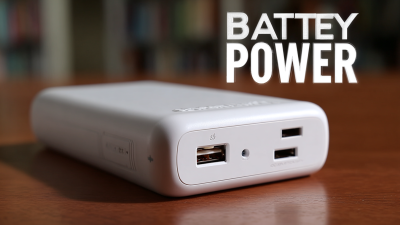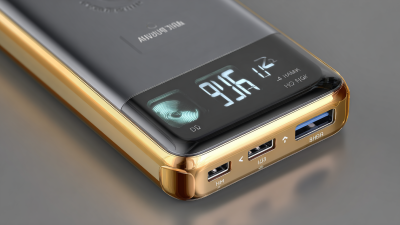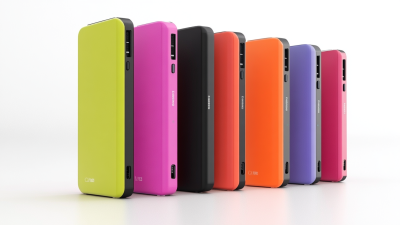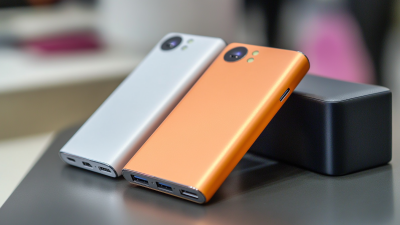Leave Your Message
In today's fast-paced digital era, staying connected is more important than ever, making the choice of a Mobile Power Bank crucial for consumers. According to a report by MarketsandMarkets, the global mobile power bank market is projected to reach $25.16 billion by 2025, reflecting a compound annual growth rate (CAGR) of 23.8% from 2020. This growth highlights the increasing dependence on portable charging solutions as smartphones, tablets, and wearable devices become integral parts of our daily lives. With a myriad of options available, from varying capacities to diverse features, selecting the right Mobile Power Bank can be overwhelming. Understanding the essential factors to consider ensures users choose a reliable device that meets their charging needs effectively while aligning with their lifestyle and budget. In this blog, we present ten essential tips to guide consumers in making an informed decision when choosing the perfect Mobile Power Bank for their on-the-go lifestyle.
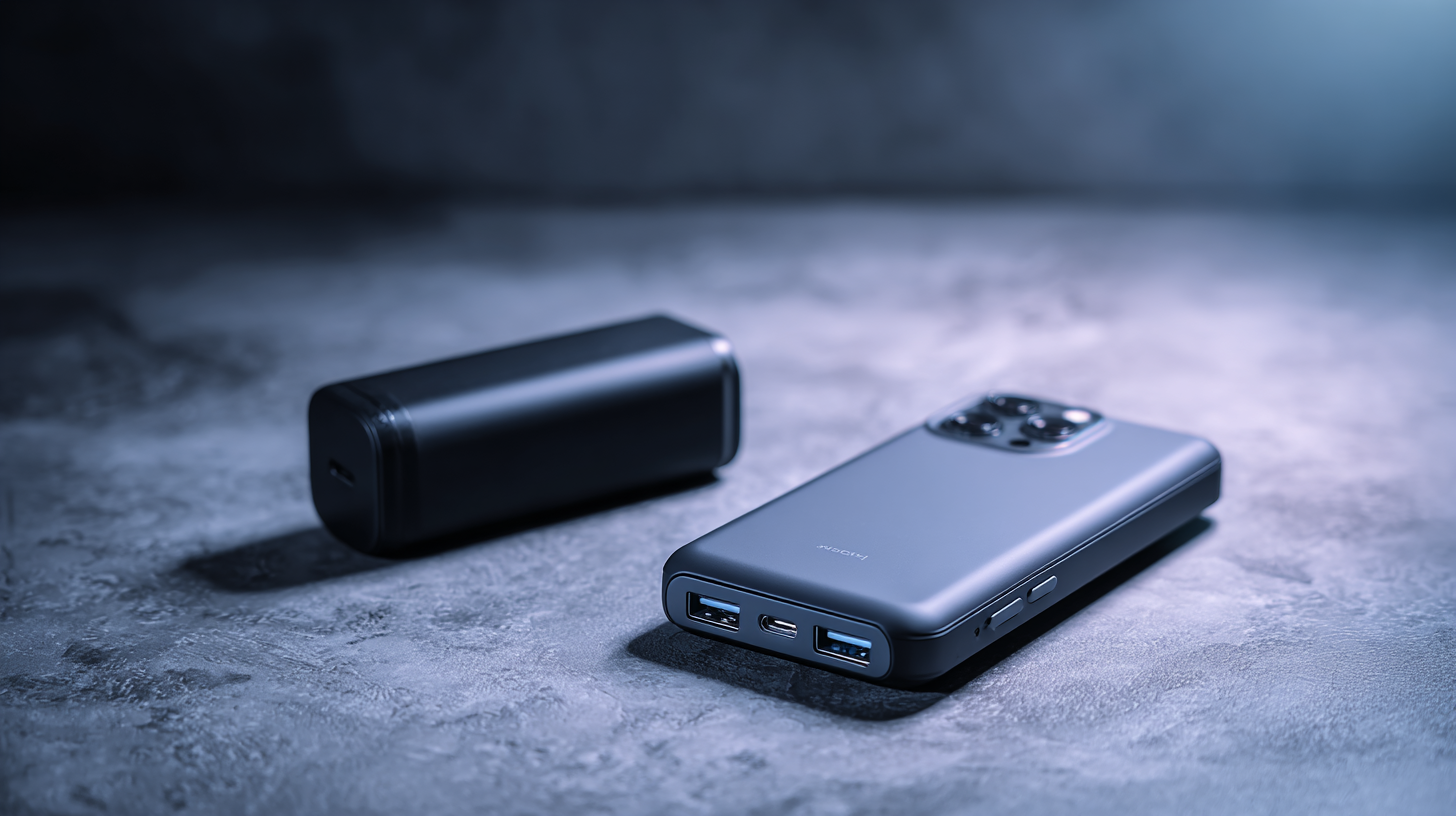
When selecting the ideal mobile power bank, understanding battery capacity is crucial. Battery capacity is measured in milliamp hours (mAh), which indicates how much electric charge a battery can store. For example, a power bank with a capacity of 10,000mAh can technically charge a typical smartphone with a 2,000mAh battery about five times. However, it’s essential to account for energy loss during charging, which generally ranges from 20% to 30%.
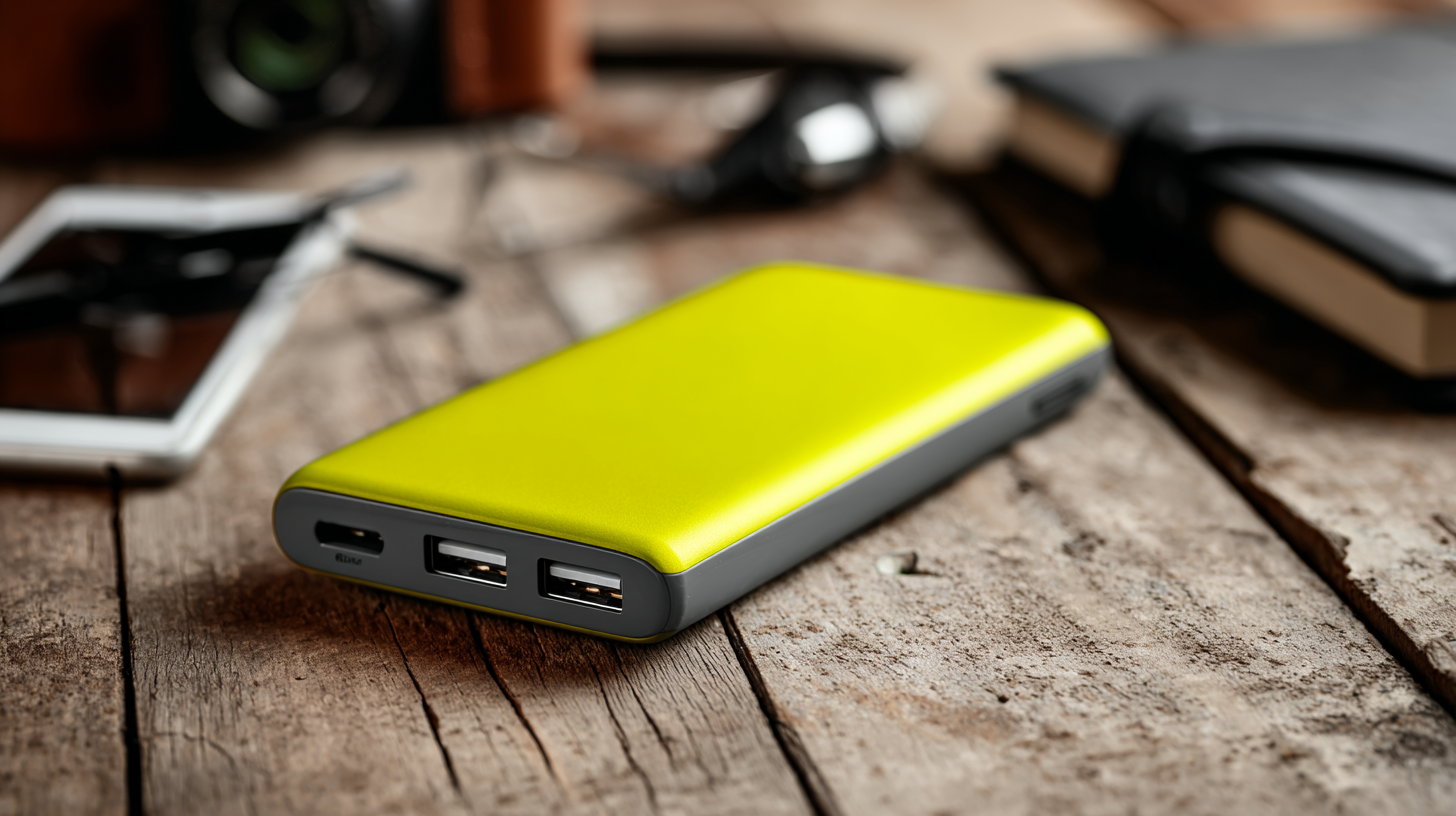
Choosing a power bank with a higher mAh rating will not only extend the number of charges you can get but also ensure that your devices remain powered throughout the day. If you frequently find yourself on the go, look for power banks with at least 10,000mAh for smartphones, while tablets and laptops may require capacities of 20,000mAh or more. Additionally, consider the output ports and charging speed; a higher output (measured in watts) will result in faster charging, beneficial for those who are always short on time. Your choice should align with your usage patterns and device requirements to ensure optimal performance.
When selecting a mobile power bank, understanding the output power—in particular,
voltage and amperage ratings—is essential for ensuring
your devices charge efficiently and safely.
Voltage, typically expressed in volts (V), indicates the
electrical potential difference in the power bank. Most devices require a specific voltage to charge properly;
for instance, smartphones usually operate at 5V. A power bank with a higher voltage can potentially
damage your device, making it crucial to match the output voltage to your device's requirements.
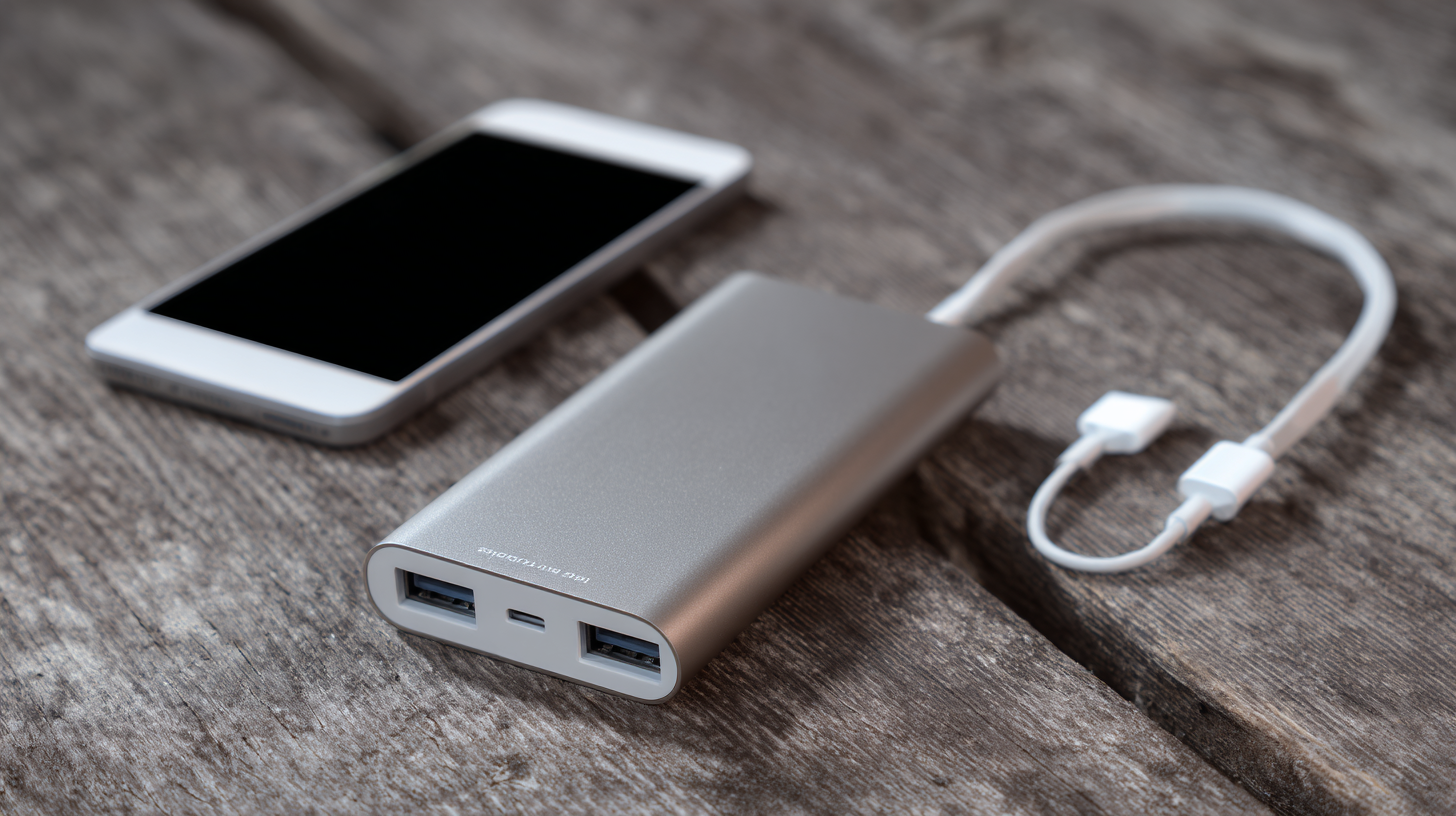
Amperage, measured in amperes (A), refers to the current flowing from
the power bank to your device. Higher amperage means faster charging capabilities. According to industry reports,
a power bank with a 2.1A output can charge a smartphone approximately 70% faster
than a standard 1A charger. Moreover, several modern power banks are equipped with
smart charging technology that adjusts the output
based on the device's needs, ensuring optimal performance and safety.
Thus, when selecting a power bank, prioritize those with the right voltage and higher amperage for a
rapid and secure charging experience.
When selecting a mobile power bank, evaluating size and portability is crucial. According to a recent report by Statista, the global portable battery market is projected to reach $22 billion by 2025, indicating a strong demand for devices that balance battery life with convenience. A compact power bank typically weighs between 150 to 250 grams, making it easy to carry in pockets or handbags without adding excessive bulk. This is particularly important for travelers or individuals who are always on the go, as they cannot afford to be burdened by heavy power solutions.
Moreover, the capacity of power banks is often noted in milliampere-hours (mAh), with common options ranging from 5,000 mAh to 20,000 mAh. While larger capacity may mean longer usage times, it's essential to consider how frequently you'll be carrying the power bank. For light users, a smaller capacity around 10,000 mAh could suffice for a couple of full charges, offering a great balance between portability and performance. A report by Market Research Future highlights that users prioritize the ability to easily fit their power banks into their daily carry, demonstrating that size has become a significant consideration in consumer choice. Thus, when choosing a mobile power bank, think about your lifestyle needs to find the right mix of battery life and portability.
| Feature | Description | Importance |
|---|---|---|
| Capacity | Measured in mAh, indicates how much charge the power bank can store. | High importance for longer usage without recharging. |
| Portability | Size and weight, affecting how easily it can be carried around. | Essential for travelers and daily commuters. |
| Output Ports | Number and type of USB output ports available. | Important for charging multiple devices simultaneously. |
| Charging Speed | Measured in Amperes (A), determines how quickly devices charge. | Crucial for users needing quick power boosts. |
| Durability | Build quality and resistance to physical damage. | Important for outdoor and daily usage conditions. |
| Safety Features | Protection against overcharging, overheating, and short circuits. | Critical for user safety and device longevity. |
| Brand Reputation | The historical reliability of the manufacturer. | Can influence buyer confidence and product quality. |
| Price | Cost of the power bank compared to features offered. | Balance between budget and required features is key. |
| Warranty | Period for which the manufacturer guarantees the product. | Important for long-term investment assurance. |
When selecting a mobile power bank, safety features should be a top priority. The digital age has seen a surge in data generation and collection, emphasizing the importance of data security. According to recent guidance on enhancing industrial internet security, protecting personal and device data becomes crucial, especially with the vast amount of information shared on social media and e-commerce platforms. The implementation of robust safety mechanisms, such as short circuit protection and temperature control, is essential to prevent any potential harm to your devices.
Additionally, understanding the type of security chip integrated within a power bank is vital. Advanced security solutions have been developed to safeguard user data, drawing on insights from the growing hardware security module market, which is projected to expand significantly by 2032. As users increasingly rely on their mobile devices for sensitive transactions, features like encryption and secure authentication processes are essential to maintain privacy and protect against data breaches. Prioritizing these safety aspects will not only enhance the user experience but also ensure that your devices remain secure in an increasingly interconnected world.
When selecting a mobile power bank, it's crucial to weigh the balance between price and quality. In an era where consumers increasingly depend on mobile devices, finding a power bank that delivers exceptional performance without breaking the bank can significantly enhance your experience on the go. Recent reviews have highlighted the best power banks suitable for various needs, especially those built for outdoor activities like backpacking. The 2025 tests revealed that certain models stood out not only for their reliability but also for their cost-effectiveness, providing impressive capacity for a reasonable price.
Price tolerance tends to vary widely among consumers; therefore, understanding the specifications that accompany the cost is vital. Quality power banks often feature advanced battery technologies, which enhance longevity and decrease charging time, making them worth the investment. Analysis from industry reports suggests that high-quality units can lead to around 30% more charge cycles compared to their cheaper counterparts, underscoring the long-term value of investing in superior models. Prioritizing brands that focus on performance metrics rather than just a lower price tag can ultimately yield substantial savings and improved reliability in your everyday tech use.

